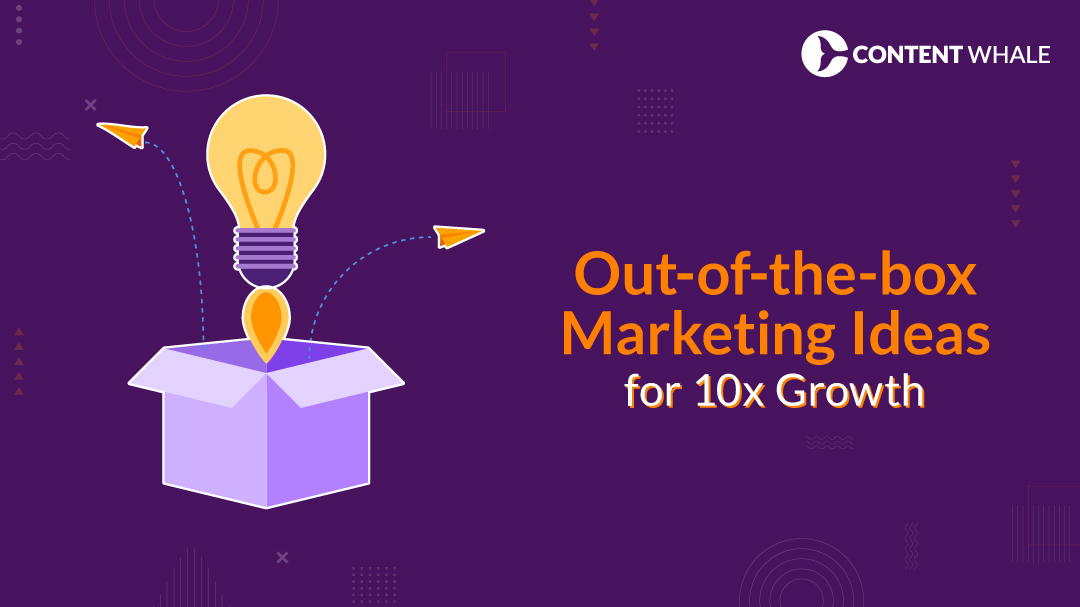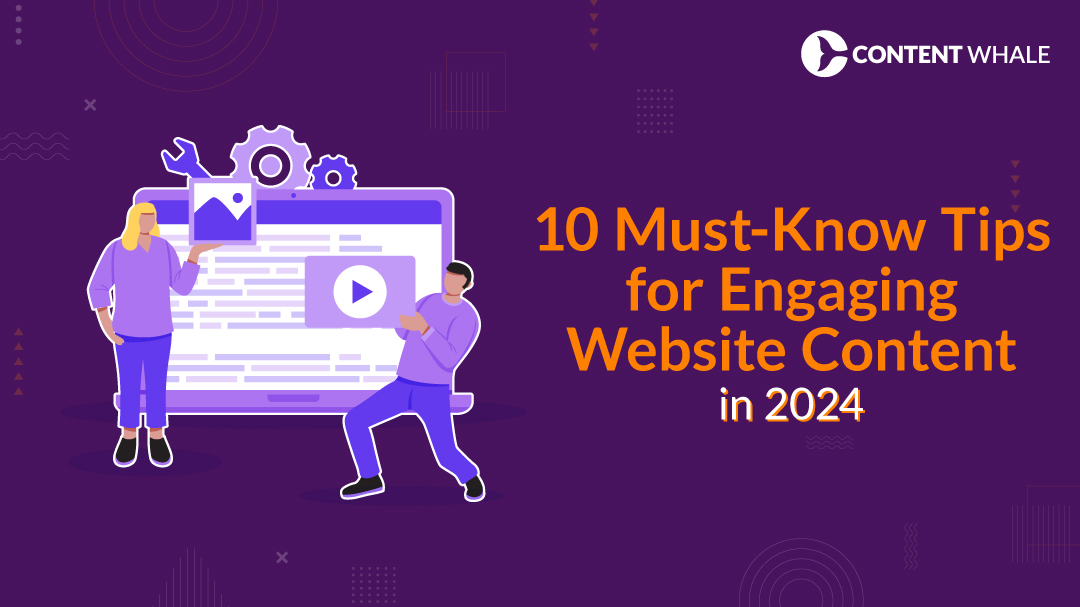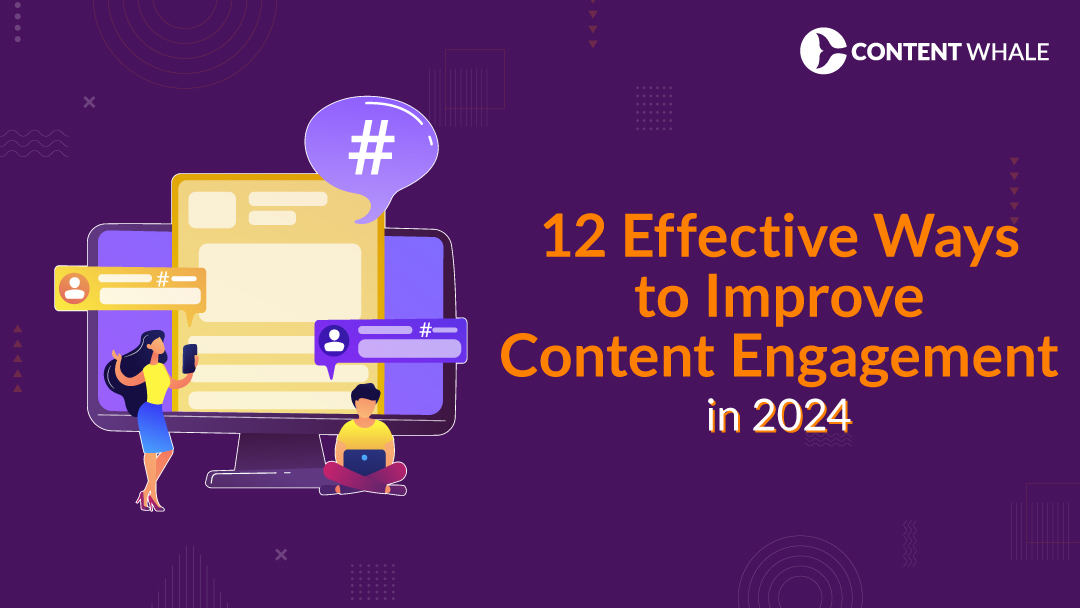There was a time when I believed content marketing was a numbers game. If I could just churn out more blog posts, more social media updates, more everything, the leads would come pouring in. And they did—for a while. But most of those leads went nowhere. Engagement was superficial, conversion rates were abysmal, and I was burning time and resources on content that didn’t actually connect.
It wasn’t until I began analyzing the journey behind each lead that I realized the flaw: my content was misaligned with intent. Readers weren’t ready to buy—they were confused, skeptical, or simply looking for something else entirely. That’s when I started exploring AI tools—not for content creation alone, but for content strategy. The difference has been night and day.
Mapping Intent to the Buyer’s Journey
AI helped me understand that not all leads are equal, and not all traffic is valuable. What I needed was precision—content that spoke to the right person at the right stage. So I started feeding historical engagement data into AI platforms that could model user behavior and anticipate intent.
These tools broke down my audience into segments, predicting not just who they were but what they were likely seeking: awareness content, decision-stage comparisons, or bottom-of-funnel reassurance. From there, I could map content types to each segment and build targeted content clusters. That meant creating fewer pieces, but with laser focus and better returns.
1. Learning from Behavior, Not Assumptions
One powerful shift was relying on behavioral signals instead of assumptions. Rather than guess what a visitor wants, I could see it in the data—bounce rates, scroll depth, heatmaps. AI turned these into actionable cues. For example, if a user read two articles about onboarding problems, the next recommended piece could directly address implementation timelines or success stories.
This kind of sequencing built trust because the journey felt personalized—not generic or overly automated. And that’s when conversion rates started improving.
2. Journey Mapping in Action
A key example came from a campaign targeting SaaS founders. Before AI, my funnel jumped from a top-of-funnel explainer straight to a sales pitch. I discovered through AI analysis that users needed something in between—credibility-building case studies or ROI-focused guides. Adding that missing middle step halved my bounce rate and tripled demo bookings.
Using Predictive Insights to Fill Gaps
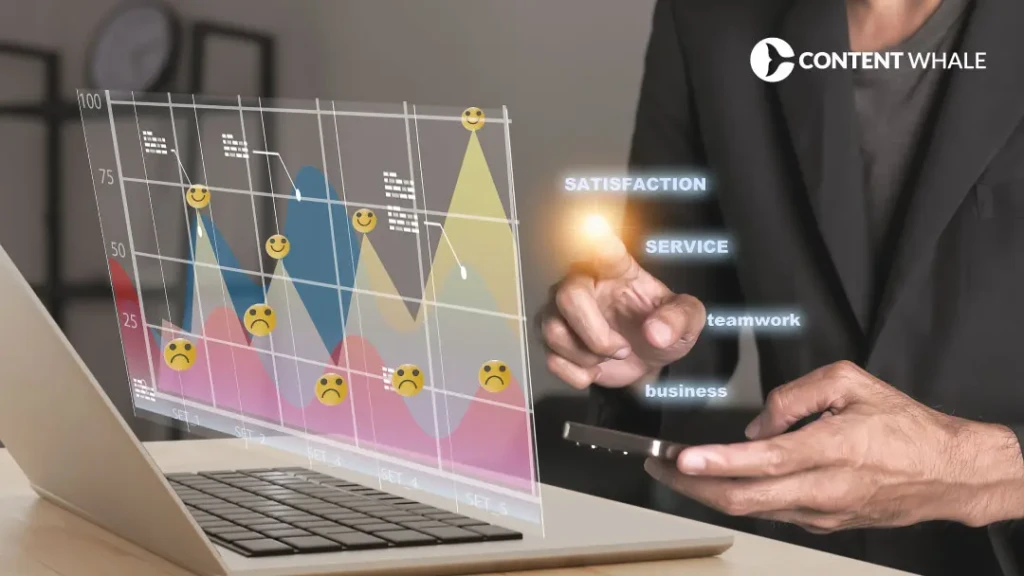
Predictive analytics became my secret weapon. By analyzing which topics led to conversions—and which ones led nowhere—I could spot gaps in my funnel. Maybe I had plenty of content for beginners but nothing for mid-level decision makers. Or perhaps my CTAs were strong but mismatched to the mindset of my reader.
AI tools didn’t just highlight gaps—they prioritized them. They showed me where optimized content could drive the biggest gains. That meant I didn’t have to guess what to create next; I had a ranked list of opportunities with ROI potential.
1. From Gut Instinct to Data-Backed Strategy
Before, I’d brainstorm blog ideas over coffee. Now, I start with a data dashboard. It’s not that I’ve lost creativity—far from it. The ideas are still mine. But AI helps me direct that creativity toward real problems and underserved needs.
One tool in particular flagged that I was missing out on traffic related to ai for sales prospecting. That insight didn’t come from keyword tools—it came from behavioral clustering. People reading my CRM content were also searching for predictive lead scoring and automated outreach. That discovery led to a whole new content hub.
2. The ROI of Filling Strategic Gaps
After identifying a major drop-off between content consumption and trial signups, I used AI to pinpoint the missing piece: social proof. Adding customer testimonials, video walkthroughs, and peer comparison charts boosted my mid-funnel performance by 43%. It wasn’t about adding more—it was about adding smartly.
Smart Segmentation: The Key to Scalability
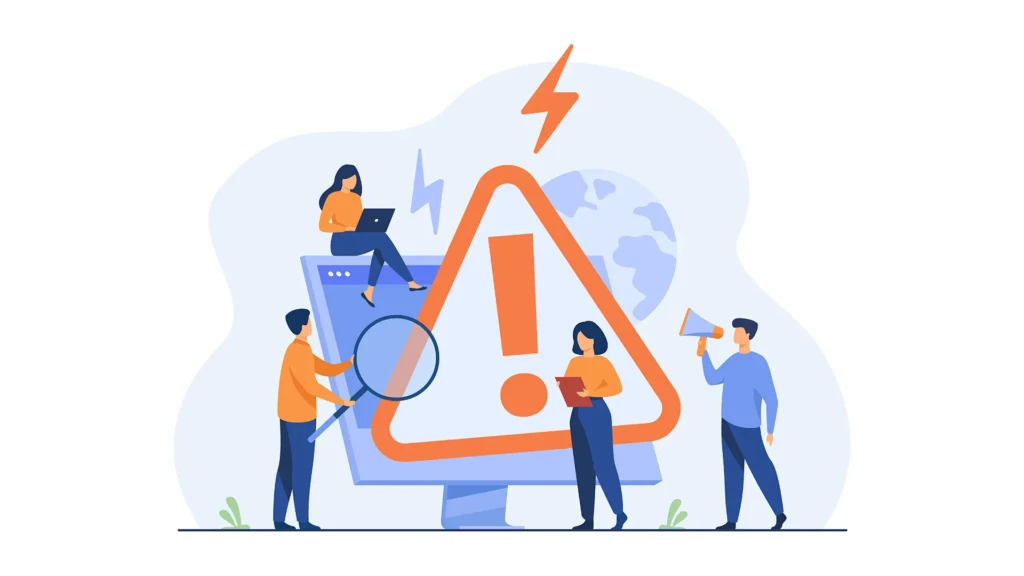
Segmenting my content used to mean creating three versions of the same article. Now, it’s about modular frameworks. AI helps me build content in blocks—each one designed to plug into a specific persona or journey stage.
Say I’m writing a guide on lead nurturing. The introduction stays the same, but the case studies and solution paths change depending on whether I’m speaking to a founder, a sales rep, or a marketing manager. AI helps me swap in the right components, automatically or with a few guided prompts.
1. Scaling Without Losing the Human Touch
This is where people get skeptical: “Doesn’t this make everything feel robotic?” Not if done right. I still write the core content. But AI ensures it reaches the right person with the right message—at scale.
I think of it like adaptive storytelling. It’s not a one-size-fits-all campaign. It’s a choose-your-own-adventure, with AI helping readers find their best path.
2. Efficiency Through Modular Reuse
With AI-assisted tagging, I can reuse blocks of content across campaigns without repeating myself. A case study used in a webinar follow-up might also appear in a lead magnet or sales enablement deck. The content evolves, but the message stays consistent. This efficiency has freed up time for higher-level creative work.
Why AI Strategy Outperforms AI Copy

There’s a lot of hype around using AI to write content. But in my experience, the real value is upstream—in strategy, not just execution. Anyone can generate a blog post. But knowing which post will land, when to publish it, and who needs to see it? That’s where AI shines.
My shift from volume to value didn’t happen overnight. It took time, testing, and a lot of trial and error. But once I embraced AI as a strategic partner, I stopped guessing and started connecting. That’s when the leads got better. Not just more.
1. Human Creativity, Algorithmic Precision
I still do the writing. But AI removes the fog around what matters most. It guides the who, when, and why—so my creative work doesn’t go to waste. I don’t just publish because the calendar says so. I publish because the data shows it’s the right moment.
This balance between instinct and evidence has reshaped how I plan quarters, build campaigns, and measure success.
2. Turning Content Chaos into Conversion Clarity
Looking back, the transformation wasn’t just about tools. It was about mindset. I went from producing content reactively to engineering experiences proactively. And AI gave me the clarity to do that with intention.
If you’re stuck in the more-is-better trap, I get it. But I can tell you firsthand: smart beats busy. AI-powered strategy helped me attract leads that don’t just click—they convert. And that’s the metric that matters most.


